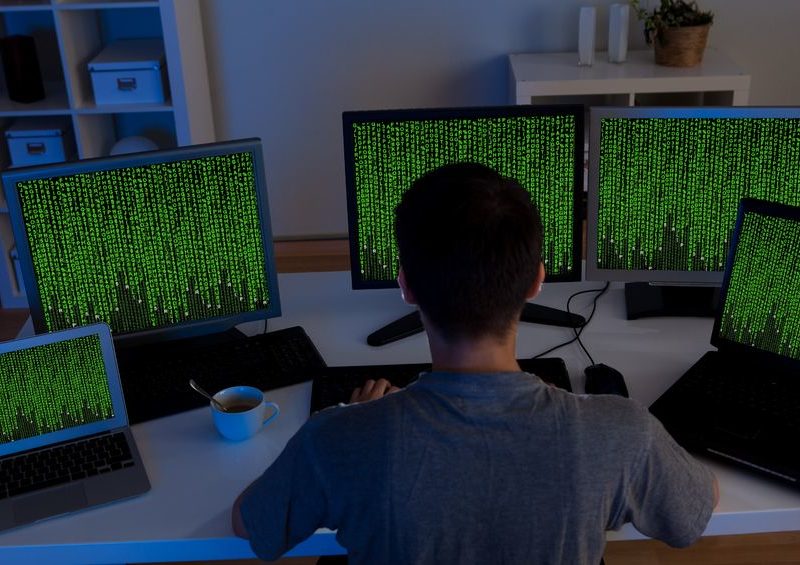


CALEDON, ON ― A local hacker’s nefarious plot to maliciously log into a first-year student’s account and do their algebra was frustrated this week, thanks to the foresight of administrators who require 2-factor authentication on literally everything.
While the tedious procedure has little effect on students who willingly pay other people to do their homework, since they could always just authenticate their conspirators as needed, it has successfully blocked the rampant problem of hackers infiltrating unwitting students’ accounts to craft theses or edit lab reports.
Students have expressed relief that they no longer have to fear that after a night of partying, they might return to residence to find the proofs they had so looked forward to writing already finished, complete with meticulous citation of relevant corollaries.
All that is required to ensure the safety of top-secret information such as a class schedule is downloading an app, adding a device, remembering where you left the device, fetching it, unlocking it, approving entry, reauthorizing the device every month, reauthenticating the page every 10 minutes, and authenticating every single time you click a link on the protected website.
The technology is also widely used outside the education sector, with millions of hackers blocked from accessing prized data including medical records, golf club memberships, and builds on IKEA’s custom room designer. That said, some places, like banks, do remain holdouts.
“I got a security notification the other day, and was horrified to learn that were it not for 2-factor authentication, somebody might have got into my calorie-counting app,” said 2-factor beneficiary Sonya Donahue. “What if that hacker had eaten an entire extra-large meat-lover’s pizza for breakfast? I would have had to skip dinner and I’d probably still have gained weight!”
At press time, the creator of two-factor authentication had died without their phone and, unable to receive push notifications, been locked out of Heaven.


